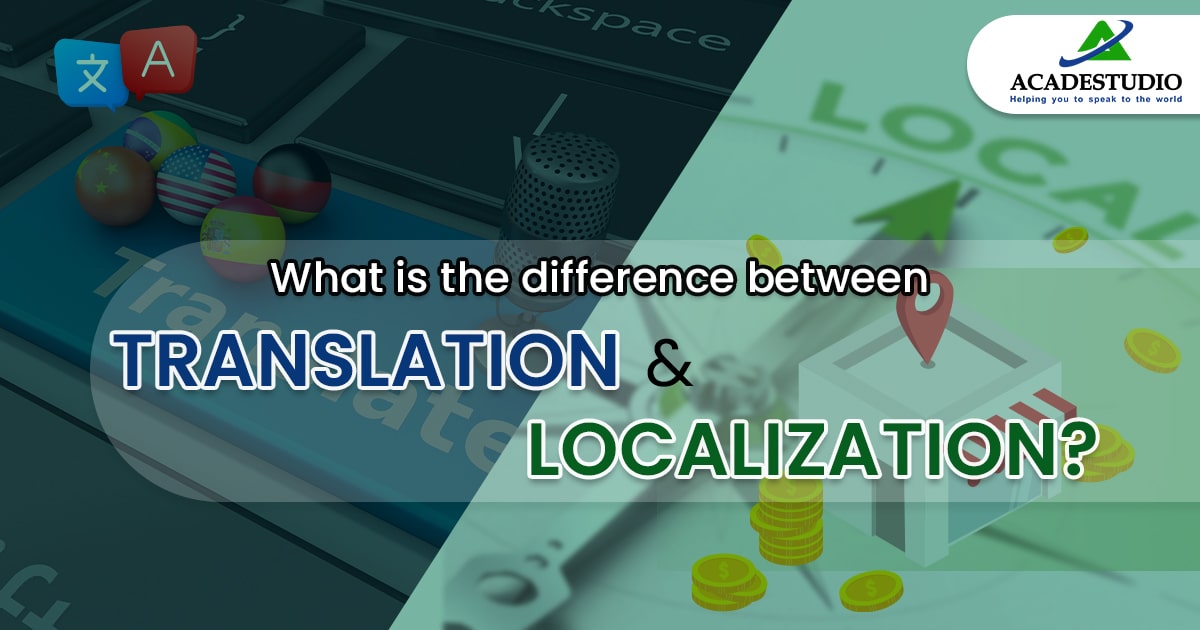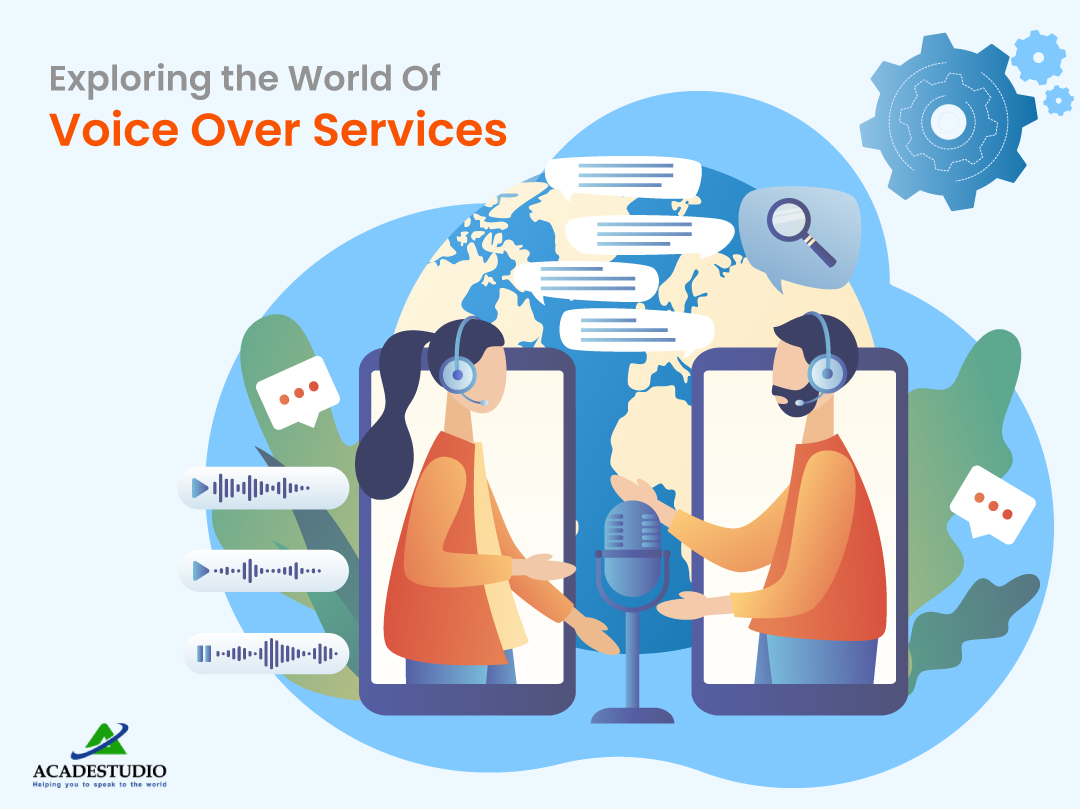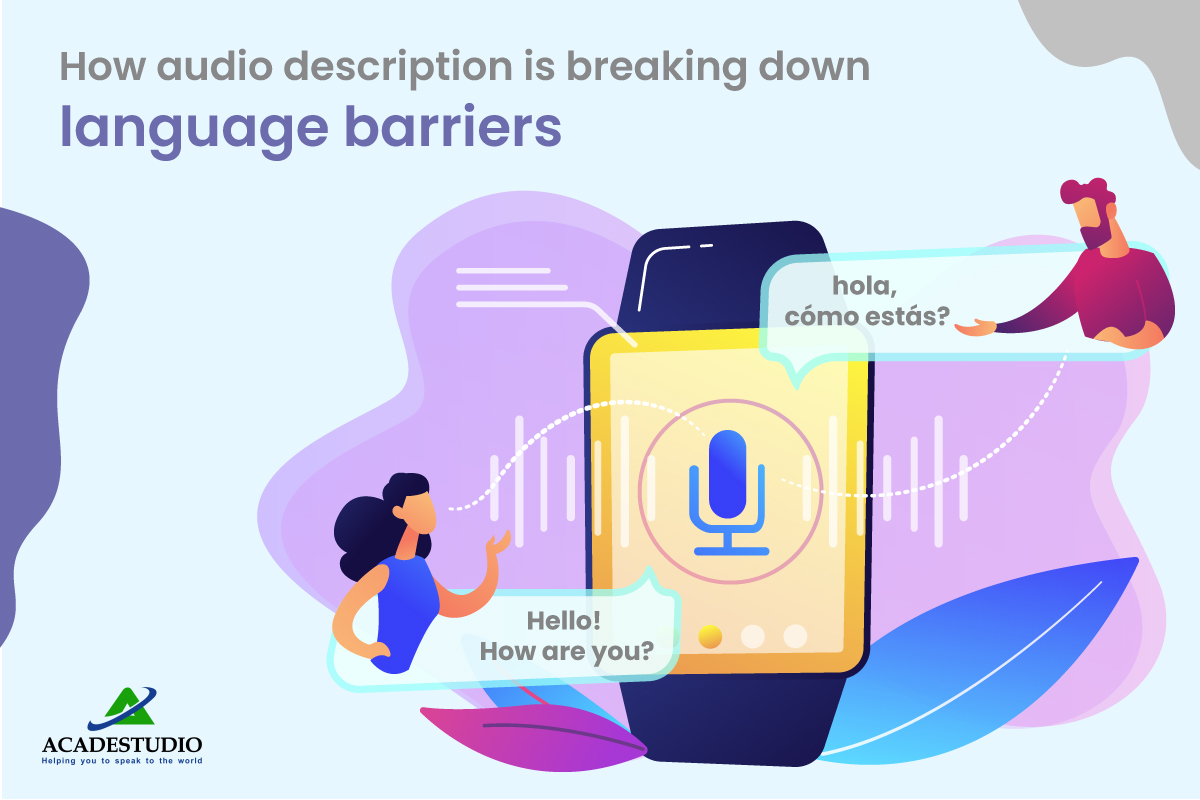Are you a business owner
looking to expand your brand globally? Or perhaps you're a student interested
in learning more about the intricacies of language and culture. In either case,
you may have encountered the terms "Translation
and Localization" when adapting content for different audiences.
While these terms are
often used interchangeably, they refer to distinct processes with different
goals and outcomes. Understanding their differences is essential for anyone
seeking to communicate effectively with diverse communities.
Translation involves the
conversion of text from one language to another, while localization consists in
adapting content to a specific cultural and linguistic context. This means
considering not just the language itself but factors such as idioms, cultural
references, and regional preferences.
Whether you're looking
to translate a website, product manual, or marketing materials, understanding
the distinction between translation and localization can help you make informed
decisions about how to reach your target audience best. In this post, we'll
explore these two processes in more detail including the steps. But before
starting, let's briefly know about them in the following section.
Briefly Know About Translation
and Localization
Translation and
localization are terms used interchangeably but have different meanings and
applications. Many "Translation Services" and "Localization Services" help you in the practical process. We will explain their
differences by highlighting their distinct features and processes.
Translation
Translation is converting written or spoken
content from one language to another. It requires a deep understanding of the
source and target languages, including grammar, syntax, idioms, and cultural
nuances. The purpose of translation is to convey the meaning of the source
content accurately and effectively to the target audience.
Translation Process
The translation process
typically involves the following steps:
- Analysis of the source content to determine its
purpose, tone, and intended audience.
- Selection of the appropriate translation method,
such as human translation, machine translation, or a combination of both.
- Translation of the source content while
maintaining its meaning and tone and ensuring accuracy and consistency.
- Editing and proofreading the translated content
to ensure quality and eliminate errors.
- Delivery of the final translated content to the
client.
Localization
Localization is adapting
content to suit a specific locale or market's cultural, linguistic, and other
requirements. It considers the differences in language, customs, regulations,
and other factors that affect how people perceive and interact with content.
Localization aims to make the content feel natural and relevant to the target
audience while maintaining its overall message and purpose.
Localization Process
The localization process
includes the following steps:
- Identify the target locale or market, including
its language, culture, and other relevant factors.
- Analysis of the source content to determine its
suitability for the target locale or market.
- Adaptation of the source content to suit the
linguistic and cultural requirements of the target audience, including
translation, cultural customization, and other modifications.
- Review and testing of the localized content to
ensure accuracy, appropriateness, and effectiveness.
- Delivery of the final localized content to the
client.
Key Differences Between
Translation and Localization
Translation and
localization are essential for adapting content to different languages and
cultures. Although they may seem similar, there are influential differences
between the two. The following are the main differences:
Scope of work
Translation and
localization differ in their scope of work. Translation focuses on converting
the source content into the target language while maintaining accuracy and
clarity. On the other hand, localization involves a broader range of
adaptations to make the content suitable for the target culture. This can
include changes to graphics, images, or other visual elements.
Cultural Adaptation
One of the key contrasts
between translation and localization is cultural adaptation. Localization
involves adapting the content to the specific cultural expectations of the
target audience. This means cultural nuances, idiomatic expressions, and other
cultural factors are considered when adapting the content.
Language Proficiency
Both require language
proficiency, but localization requires a deeper understanding of the target
audience's cultural context and social norms. The localization team must grasp
the target language and culture well to ensure the content is culturally
appropriate and effective.
Scope of Audience
Translation can target a
general audience, while localization targets a specific audience within a
particular location. For example, a company might translate its website into
several languages for a global audience but localize its marketing campaigns to
particular regions.
Time and Cost
Localization is
typically more time-consuming and expensive than translation. This is because localization
requires extensive research, analysis, and adaptation to ensure the content is
culturally appropriate and effective.
Quality Control
While translation and
localization require rigorous quality control, localization requires additional
review and testing to ensure the content is appropriate and effective for the
target audience. This includes reviewing and testing the target language and
cultural context content to ensure accuracy and cultural appropriateness.
Tools and technology
Both use different tools
and technologies to manage the workflow and ensure quality control. Translation
often relies on computer-assisted translation tools, while localization
requires more extensive design and testing tools to adapt the content to the
cultural context.
Content-Type
Translation is for
technical or specialized content, such as user manuals, legal documents, or
scientific papers. Localization is commonly used for marketing and advertising
materials, software, and video games. This is because these types of content
require more extensive cultural adaptation to be effective in the target
market.
Summing Up
As we have seen, while translation and
localization share similarities in that they both involve adapting content from
one language to another, they have several key differences. The scope of work,
cultural adaptation, language proficiency, the scope of audience, time and
cost, quality control, tools and technology, and content type differ
significantly between them. Understanding these differences is important to
determine the most appropriate approach for a particular project or content
type. By considering these factors, businesses can ensure that their content is
effectively adapted for their target audience and can communicate effectively
with customers in different cultural contexts.












- From Mobile - 11 min ago
Bring to the table win-win survival strategies to ensure proactive domination. At the end of the day, going forward, a new normal that has evolved from generation X is on the runway heading towards a streamlined cloud solution.
- From Mobile - 7 min ago
Capitalize on low hanging fruit to identify a ballpark value added activity to beta test. Override the digital divide with additional clickthroughs from DevOps. Nanotechnology immersion along the information highway
- From Web - 2 min ago
A new normal that has evolved from generation X is on the runway
- From Mobile - 11 min ago
Capitalize on low hanging fruit to identify a ballpark value added
- From Web - 2 min ago
Real-time will have multiple touchpoints for offshoring.